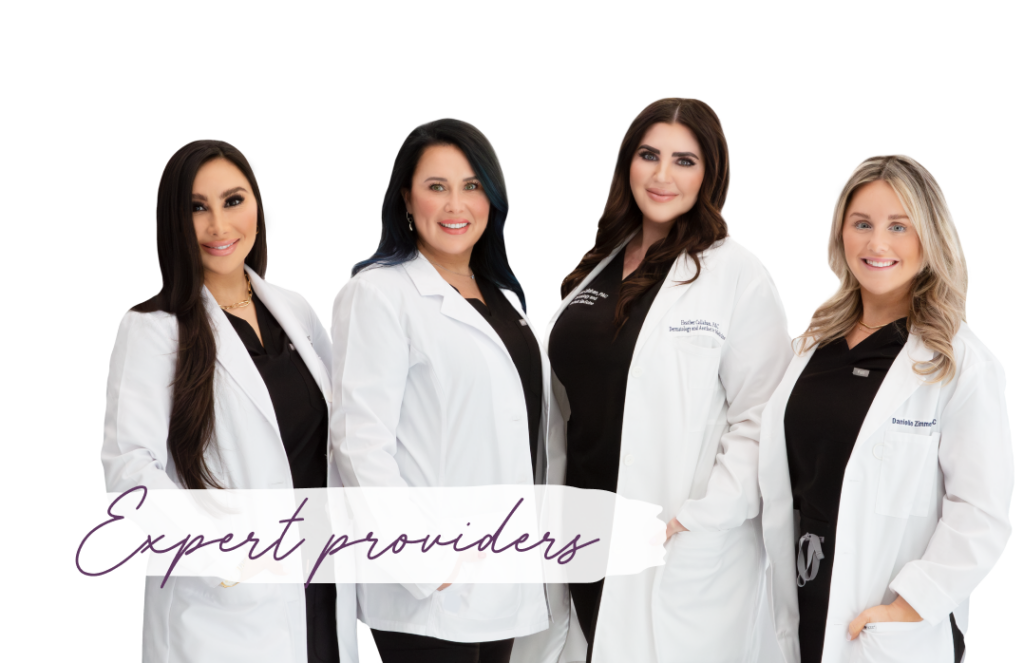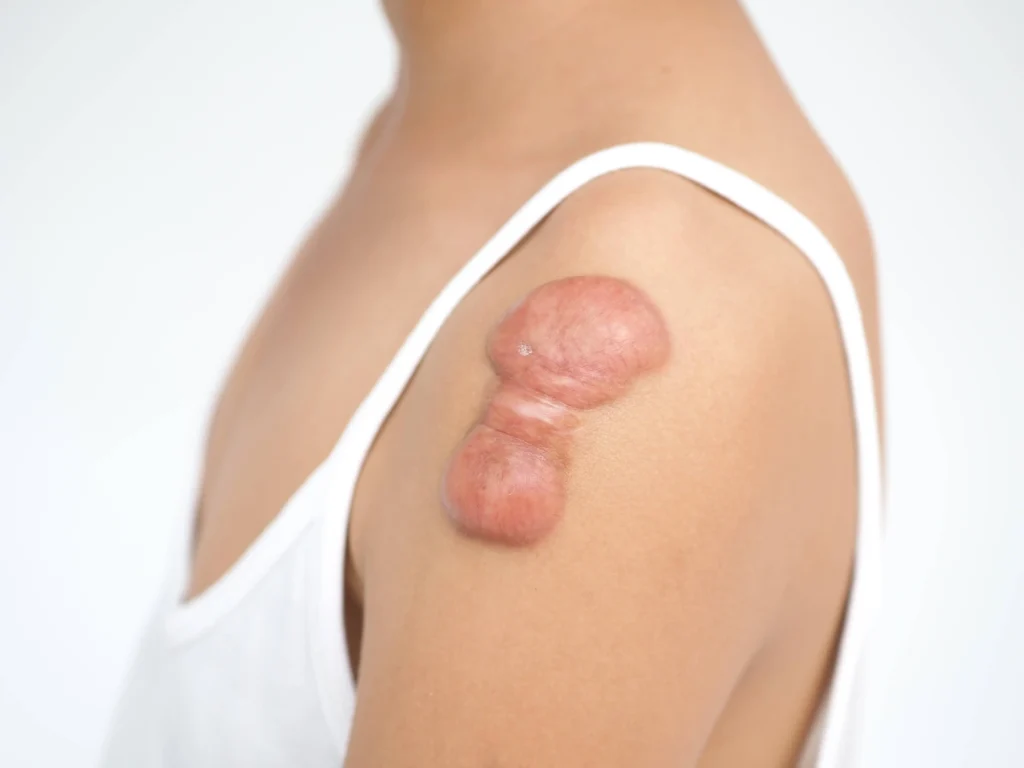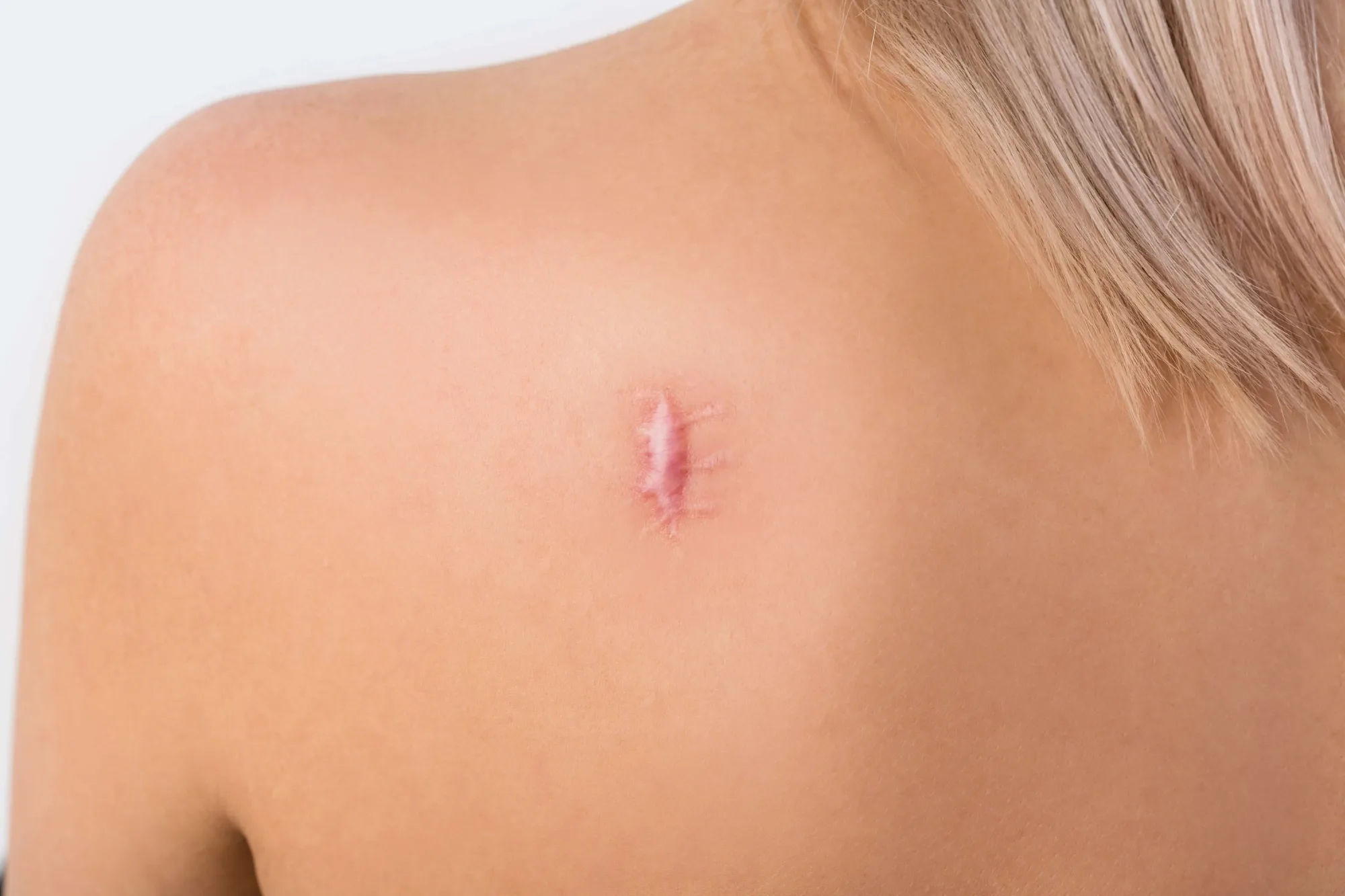Experience Revolutionary Scar Management
Living with keloid scars can be physically and emotionally challenging, affecting both your confidence and comfort. At Dermestetics Vienna, we’ve pioneered an innovative approach to keloid treatment that combines cutting-edge technology with personalized care protocols. Our primary objective is not just to treat existing keloids but to provide comprehensive care that prevents future formation while supporting your skin’s natural healing processes.

Distinguished Medical Team
Our Vienna clinic features board-certified specialists who bring decades of combined experience in advanced scar management. We stay at the forefront of dermatological innovation through ongoing research participation and specialized training in keloid prevention and treatment. Our expertise ensures that you receive the most sophisticated and effective care available for your keloid concerns.


What sets our keloid treatments apart?
Learn More
Consultation Required?
Yes
Duration of Results
Permanent with appropriate maintenance
Sessions Needed
Individualized (typically 4-10 sessions)
Downtime
Minimal to none for most treatments
What It Treats
Specialized Keloid Treatment Areas:
Facial keloids
Neck and jawline keloids
Upper body keloids
Surgical incision keloids
Injury-related keloids
Piercing-site keloids
Inflammatory keloids
Genetic predisposition cases
Understanding Keloid Scars
1. What Are Keloids?
Keloids are complex dermal overgrowths characterized by:
- Excessive collagen production
- Progressive growth beyond wound boundaries
- Persistent inflammation
- Potential functional limitations
- Variable appearance and texture
2. Risk Factors
Key elements that contribute to keloid development:
- Genetic predisposition
- Melanin-rich skin tones
- Hormonal factors
- Anatomical location
- Wound tension
- Environmental influences
3. Keloid Classifications
Our diagnostic system categorizes keloids into:
Early-Stage Keloids:
- Recent development
- Minimal elevation
- Limited spread
- Mild symptoms
Progressive Keloids:
- Active growth phase
- Moderate elevation
- Expanding boundaries
- Increasing symptoms
Established Keloids:
- Long-term presence
- Significant mass
- Complex involvement
- Chronic symptoms
4. Common Symptoms
Patients typically report:
- Elevated tissue formation
- Color variations
- Persistent discomfort
- Surface texture changes
- Movement limitations
- Psychological impact

How It Works
How It Works
Our Scientific Approach to Keloid Treatment in Vienna
Your treatment journey begins with a comprehensive analysis including the following:
- Advanced imaging assessment
- Tissue elasticity testing
- Growth pattern evaluation
- Symptomatic review
- Medical history analysis
- Treatment goal setting
How do we design your treatment strategy?
We implement a multi-layered therapeutic approach:
- Core Treatments: Precision injections
- Advanced laser protocols
- Topical therapy integration
- Compression methods
- Prevention Strategy: Customized scar care
- Early intervention protocols
- Environmental protection
- Lifestyle optimization
- Maintenance Protocol: Scheduled assessments
- Treatment refinements
- Preventive measures
What outcomes can you anticipate?
Our treatment protocols typically achieve the following:
- Diminished scar prominence
- Improved skin flexibility
- Reduced symptoms
- Enhanced appearance
- Better mobility
- Increased confidence
Who benefits most from our treatment?
Ideal candidates include those who:
- Have active keloid formation
- Seek preventive care
- Experience physical discomfort
- Show early signs of scarring
- Desire long-term management
- Maintain realistic expectations
How do we track your success?
We utilize advanced monitoring systems:
- Digital mapping technology
- Comparative analysis
- Symptom tracking
- Progress documentation
- Quality of life assessments
- Movement evaluation
Complementary Treatments
Supporting your primary treatment:
Get Started
Begin your transformation today:

















